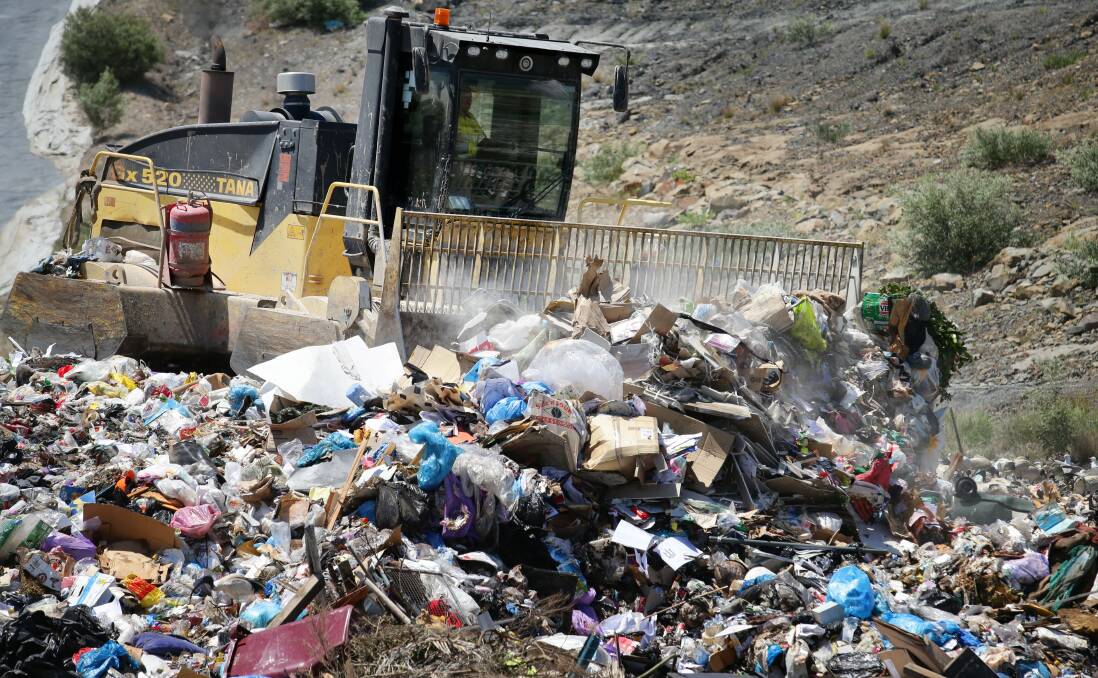
WHAT did you get for Christmas last year?
Subscribe now for unlimited access.
$0/
(min cost $0)
or signup to continue reading
And where did it end up?
In 2016, Environment Victoria wrote that almost 99 per cent of everything we buy becomes waste within six weeks.
Christmas Day has amazing amounts of waste. Many households will have experienced the overflow of torn wrapping paper in front of the Christmas tree; the ruins of boxes hiding expensive toys inside; and the mountains of leftover food scraped into the organics bin or into the dog's dish.
Despite the decadent and unnecessary excess, we've come to accept this as a normal experience.
But we don't think about the waste that is to come.
By February 5, according to the Environment Victoria website, many of our Chrissy gifts will have already ended up in the bin.
Perfectly good clothing is tossed aside in favour of new items, and old or dirty toys are replaced with shiny new ones.
And then there are the Boxing Day sales, and the online specials that'll keep your emails inbox full of marketing materials for the next few weeks.
It's not just Christmas when this is an issue, but it's this time of year that we most associate with consumption.
We need to start considering the waste that comes with this indulgence.
Christmas is over. We've already given and received our gifts. We've thrown out the Christmas lunch remains and tossed the empty cardboard boxes. We can't change that now.
But we can do our best to make sure the items we received have a longer lifespan than six weeks in 2020.
It doesn't need to be extreme - place a few new toys away in the cupboard for later in the year, rather than replacing them in a few months. Pay to have an item repaired rather than throwing it out and buying something new. And extend the season of giving by donating extra food to those in need, or cooking meals for friends or neighbours.
By the time you're writing your wishlist to Santa next year, you might just find you already have everything you need.

